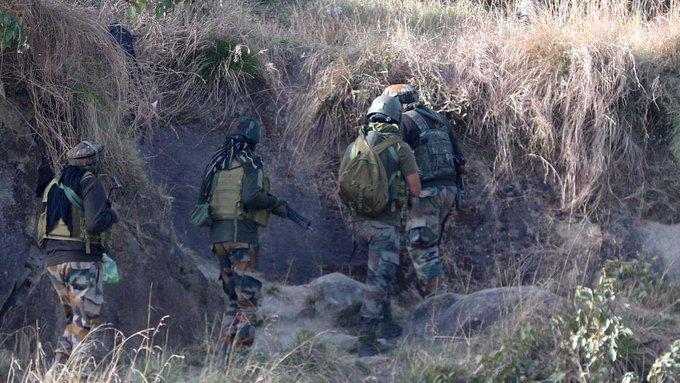Astronomers have detected a gravitational-wave signal from a collision between what is believed to be a neutron star and a compact object with a mass that intriguingly falls within the so-called “mass gap” between neutron stars and black holes.
This event, identified as GW230529, was observed by the LIGO Livingston detector in May 2023, marking a significant milestone in the field of astrophysics.
Gravitational waves are ripples in the fabric of spacetime that were first proposed by Albert Einstein. Detecting gravitational waves directly was one of the most significant achievements in astrophysics in recent times.
The detection of GW230529 challenges previous assumptions about the frequency of such collisions, suggesting they may be more common than previously thought. Dr. Jess McIver, Assistant Professor at the University of British Columbia and Deputy Spokesperson of the LIGO Scientific Collaboration, emphasised the importance of this discovery, stating it “reveals that there may be a higher rate of similar collisions between neutron stars and low-mass black holes than we previously thought.”
Also read: Two Earthquakes Hit Kishtwar in Jammu and Kashmir









